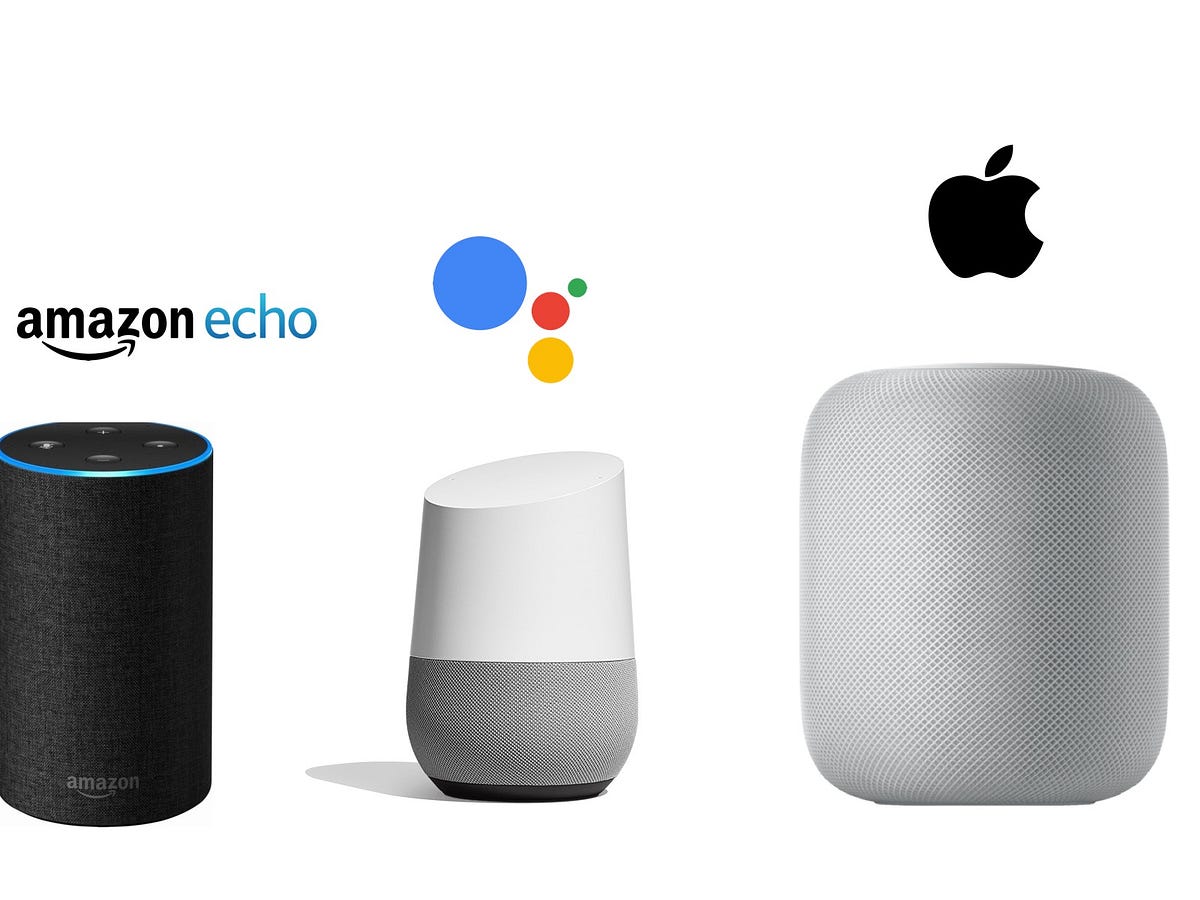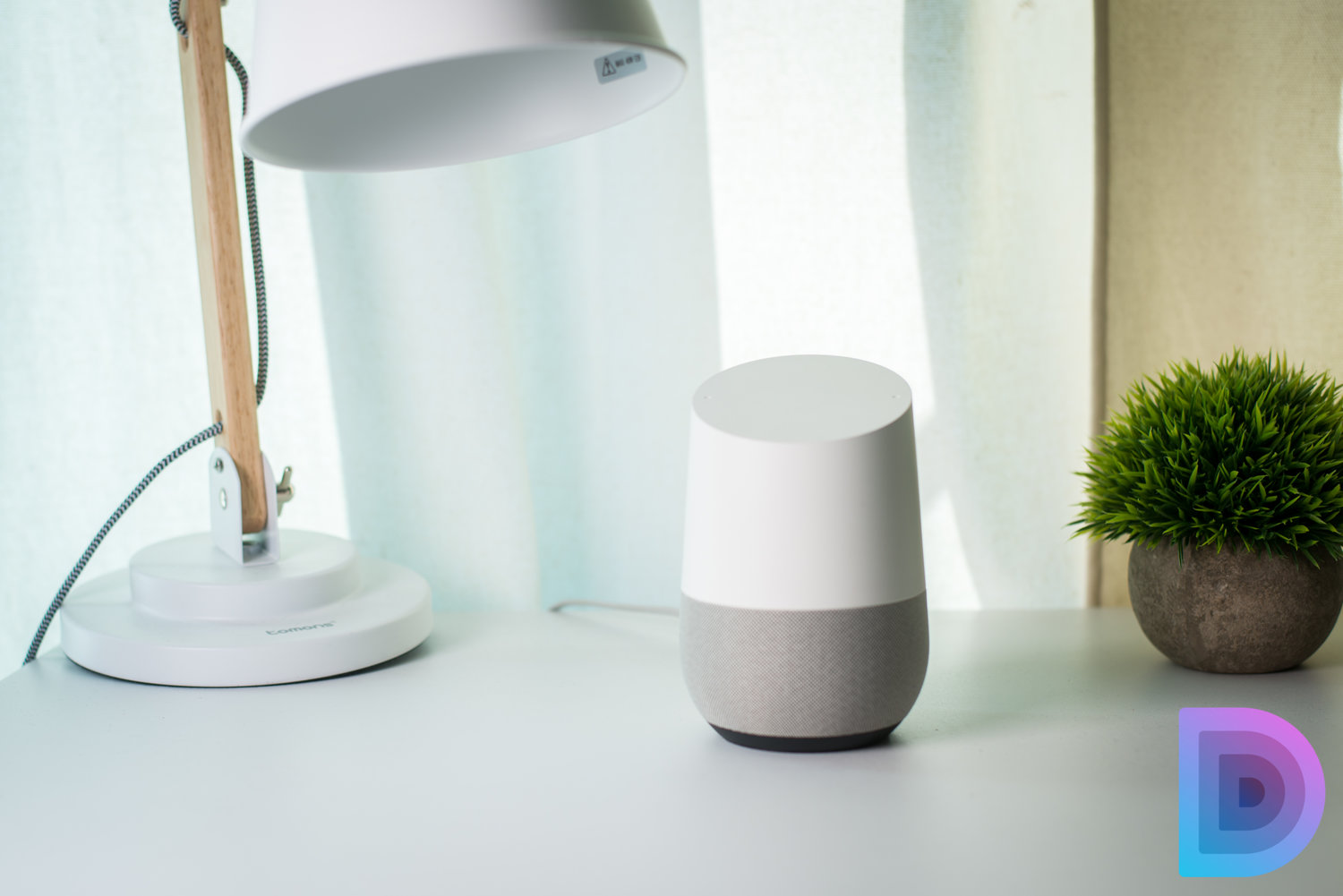Table of Content
As a result, you can talk to control lights, door locks, thermostats, fans, and more. The biggest players in the smart home industry have products that interact with Alexa, including Philips Hue, Ecobee, and Samsung SmartThings. It will remember the context of the original question and provide the best answer. Also, when it comes to language, accent, or dialect support, it’s just hard to beat Google smart devices. When you’re planning to choose an automation ecosystem for your home, don’t forget to have an idea of serviceability and ease of troubleshooting.

However, thanks to Alexa, Echo is much more than a reasonably-priced home speaker. Without an internet connection, the Echo becomes a very dumb device. Everything considered Google Home is a more suitable option for users who love Android or Google devices. Google Home seems to have the least clear documentation, which can hinder development efforts on that platform. There are a few common pieces of knowledge that will be used across all of the platforms.
Cómo crear rutinas fácilmente en Alexa
Caroline is the smart homes ecommerce editor for Livingetc, covering everything tech for the home, from smart speakers to air purifiers and everything in between. She is passionate about the role that technology and smart devices can play in daily life, enhancing the home without sacrificing personal style and carefully chosen interiors. In her spare time, she can be found tinkering with bulbs, soundbars, and video doorbells in an effort to automate every part of her small home. Previously, she lent her expertise to the likes of Expert Reviews, IT Pro, Coach, The Week, and more. If you want to buy one or two smart devices, it’s okay to go ahead and pick a few for you.

Alexa’s popularity as a smart home hub is partly propelled by its wide-reaching compatibility.A Statista reportshows that Alexa is compatible with around 60,000 smart home devices. With the budget options, you might not get the best in bass and sound quality, but it isn't any less smart. Google's Home ecosystem is backed by a vast array of Google-branded smart devices.
Amazon Alexa
It’s guided from the internal driver down to the base of the HomePod, where it's fired outwards to create a more immersive experience. Apple is currently only offering one smart speaker after discontinuing its original HomePod in 2021. Now the Apple HomePod Mini is available for $99 / £99 / AU$149. Of course, Google has an advantage here because of its emphasis on search.

While it works with most major brands, there are a huge number of products that cannot be controlled through HomeKit. Most HomeKit-compatible devices are designed specifically for the platform. This means that choosing the best option for your needs will likely rely heavily on factoring in what devices you already own.
Amazon Alexa vs. Google Home: Verdict
Apple only has one smart speaker — the HomePod — and it's relatively expensive at $299. We hope Apple expands its smart speaker lineup, but until then you're stuck with the HomePod. Of course, there are plenty of other places to use Siri — like an iPhone, iPad, Apple Watch, Mac, and Apple TV — and Siri can control smart home devices on all of those devices. Yes, you can play music on Google Home and Alexa simultaneously.

With the budget options, you might not get the best in bass and sound quality, but it isn’t any less smart. Google’s Home ecosystem is backed by a vast array of Google-branded smart devices. The company’s open-door policy towards collaboration leaves room for exciting possibilities within your smart home.
Voice-control devices
When looking to automate your home, it’s important to consider the different types of smart home ecosystems, devices and how they will work together to create a seamless experience. The Home makes use of Google Assistant, a no-nonsense helper that seems like the next evolution of personal computer assistants. Google Assistant can, like Alexa, perform a number of personal tasks, from playing music and checking traffic, to scanning your calendar for events. Google Assistant can also answer questions, and this is where it really shines. Google has thus far partnered with several devices, and the list keeps growing.

So, you can announce that dinner is ready without yelling up the stairs. This is a capable 7-inch smart display that is ideal for controlling your home from your bedside. It doesn’t have a camera so it’s not for video calls, but it works with a lot of streaming services for watching shows or, more realistically, checking a recipe video on YouTube. Apple HomeKit has the lowest level of third-party compatibility.
You can talk to them from your phone or via a dedicated smart speaker, and the big benefit is hands-free control, so you can get your gadgets working without having to physically touch them. No one wants to spend hours fiddling with a complicated setup process. Thankfully, the vast majority of smart home devices are easy to set up, regardless of what platform they are on. One important aspect of Alexa Skills is the Smart Home Skill API. With this tool, manufacturers can have Alexa communicate with their smart appliances.
With a black or gray fabric cloth covering, it can stand either vertically or horizontally. Apple’s HomePod Mini is also a small, compact solution, but it’s nearly double the price of the Echo Dot and Nest Mini. If your budget can stretch and you’re a fan of Apple devices and use Apple Music already, go for the HomePod Mini.
When it comes to building an interconnected home that has multiple smart home devices, you must have a centralised way of controlling them. When you’ve one, two, or three devices, you can control them via an app. However, when you’ve to deal with multiple different devices, it’s a good idea to go for a hub. It unites all your home automation devices and allows you to access lights, smart blinds, cameras, video doorbells, and other devices with your voice. The hub basically acts as a communicator between different smart devices. While we haven’t mentioned it much here, Apple’s HomeKit is the other major player in the world of smart home platforms.
There are plenty of smart home accessories on the market today to suit a variety of household functions, including entertainment, cooking, pets, security, energy conservation and more. I’ve been PCMag’s home entertainment expert for over 10 years, covering both TVs and everything you might want to connect to them. I’ve reviewed more than a thousand different consumer electronics products including headphones, speakers, TVs, and every major game system and VR headset of the last decade. Both the Echo and Home devices let you set up different household profiles so you can switch between users, which is very useful if you and your loved ones have different tastes in music. This means that if you ask for your daily schedule, the speaker’s answer will be different than if your partner asks. Alexa makes it easy to manage various calendars andsupports all G Suite calendars, while Google’s speaker only support G Suite if your G Suite admin allows it.

No comments:
Post a Comment